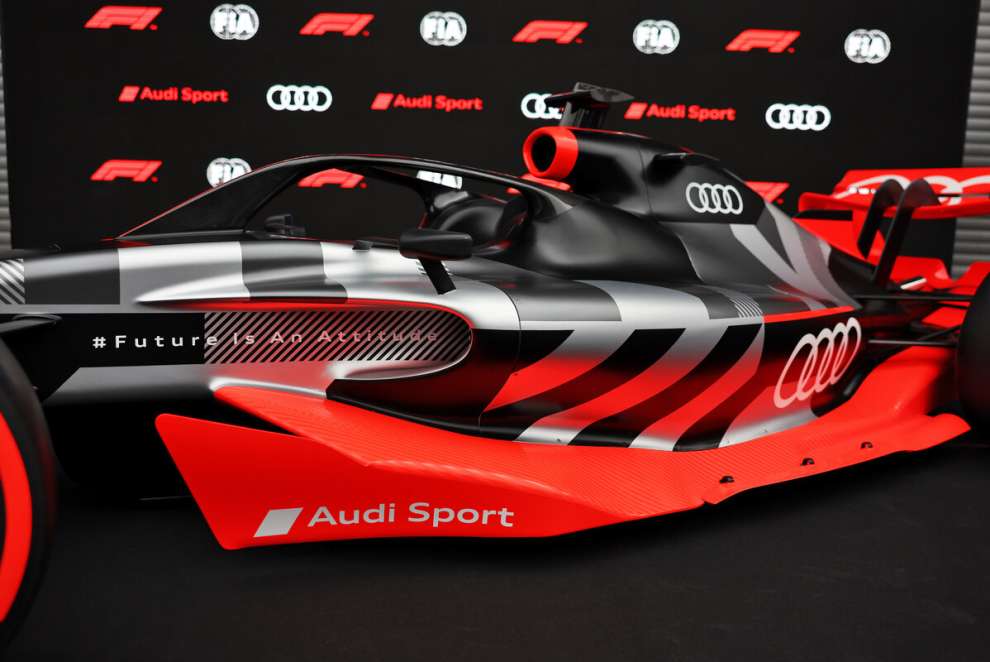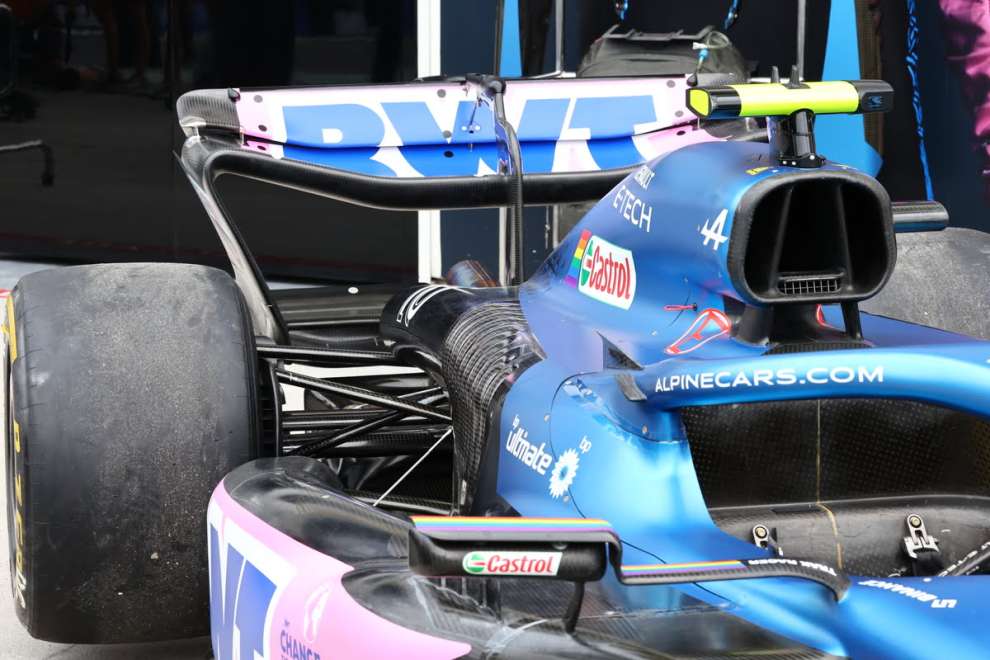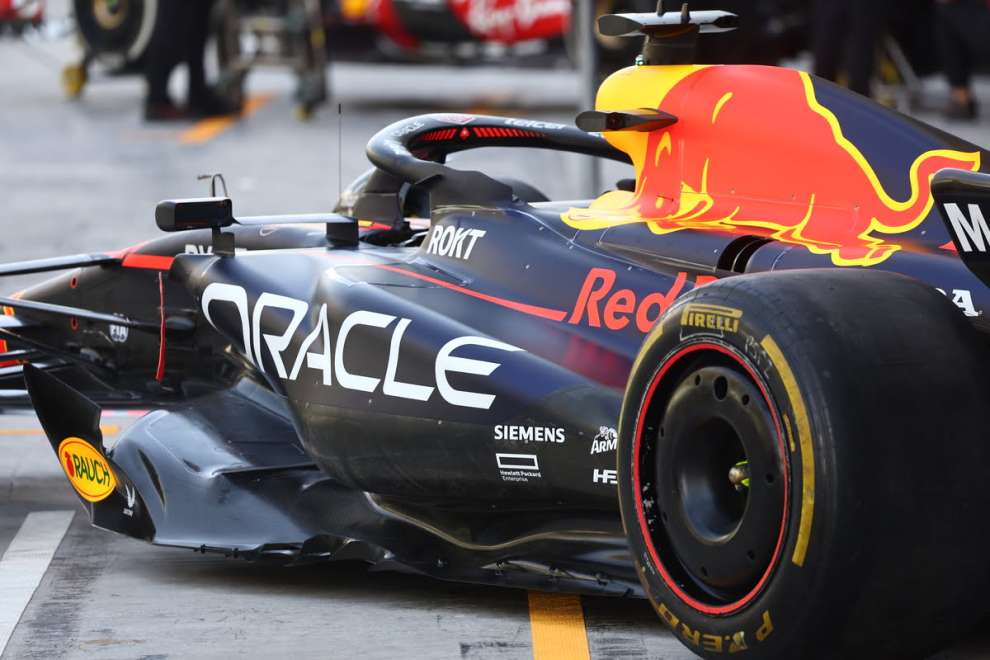By Carlo Platella
Packaging. A word that returns more and more frequently in Formula 1, indicating the arrangement, close to the joint, of the engine and all the components present under the bonnet. The topic of packaging was at the center of the presentations of the 2024 cars from Sauber and Alpine, bringing it back into the news. Beneath the flashy bodies of the ground effect single-seaters lies hidden a development with historical roots in Formula 1ready to take back the scene with the arrival of the new 2026 power units.
Aerodynamics reign supreme
The history of Formula 1 is full of episodes in which aerodynamics shaped the shapes of the engines. The most famous remains that of Ferrari 312B from 1970, equipped with a thin flat-angle twelve-cylinder engine, functional to designing a more streamlined bodywork. The Maranello team was not the only one to resort to a similar stratagem, which can also be found in sports prototype cars. In more modern times it could be cited the 2011 Red Bullduring the first years of the electrification process of Formula 1. The protagonist is Adrian Newey, who, against all logic of reliability, decides to position the KERS battery close to the gearbox, in an area subjected to high temperatures and vibrations, thus managing to free up space to be made available to aerodynamics.
Years pass, but packaging under the hood remains a driving aspect of performance. Presenting the new Sauber C44, James Key spoke about “a mechanical development complementary to the aerodynamic one”referring to the reduction and relocation of radiators and electronics, which ensured greater freedom in the design of the sides: “We have done a huge amount of packaging and mechanical design work to enable more aggressive development. If we removed the hood, we would see beautiful packagingwhich allowed us to design an aggressive bodywork.” Even today, mechanical development in Formula 1 remains a precursor to aerodynamic development.
History repeats itself
The modern link between engine and aerodynamics is emphasized by a generation of cars cleaned of aerodynamic appendages, in which it is up to the body shop the task of managing turbulence and directing flows. The bellies, however wide, become increasingly hollowed out and folded in on themselves, in search of complex geometries to exploit the aerodynamic interaction with the ground. The evolution of surfaces cannot ignore what lies beneath them, an always valid mantra in the decades-long history of the Circus.
Packaging is destined to gain further importance in 2026. The next regulations will propose an aerodynamic philosophy similar to the current one, still focused on ground effect and as free as possible from external appendages, encouraging work on the bodywork. Compared to now, however, the reduction in length of the cars will have to be considered, with a rumor shortening of the stride from 360 to 340 cm and a narrowing in width of another 10 cm. All this takes up space under the hood, where a power unit without the MGU-H will have to be housed, but accompanied by a more powerful and bulky MGU-K and battery.

Horses to squeeze
In addition to the aerodynamic one, there is another driving aspect in the development of packaging. It is equally important let the engine breathe and put it in a position to work at its best, something that Alpine has paid a lot of attention to over the last two years. In 2023, for example, the French company has improved the cooling of the plenum (the box for air intake), increasing combustion efficiency without touching the engine. For 2024, however, work has been done on the exhaust ducts, insulating them to retain the heat of the gases and convert it into useful energy through the turbine and the MGU-H. The team also straightened the main duct, reducing the work wasted by the engine in pumping gases outward and increasing useful thrust to the wheels.
Alpine has also paid quite a bit of attention to the internal bodywork, a second layer of skin that guides the air on its journey under the hood. Cooling the power unit is obviously essential to squeeze all the horsepower out of it, while seeking a compromise so as not to dirty the aerodynamics and increase resistance on the straight. With the 2026 regulations the combustion engine will be weakened by more than a third, but it will gain importance the cooling of the electrical part.

Both the battery and the electric motor will have to sustain higher powers and for longer durations than today, producing a greater quantity of heat to be disposed of. It is known that protecting an electric powertrain from high temperatures is extremely critical, both for safety and efficiency. It is no coincidence that for an electric car it always differs Between the peak powersustainable for short moments, and the one that can be exploited continuously. Finding the compromise between power, reliability, cooling and aerodynamic performance will therefore still be relevant in 2026, a game to be played above all on packaging.
Works in progress
To date, there is still no chassis part for the 2026 technical regulation, with a ban on starting aerodynamic analyzes before next January. Yet, work in the factories has already begun, starting from the study of packaging. Adrian Newey spoke like this last May regarding the 2026 project: “From the chassis point of view, we are looking at various ways to integrate it all. Rob Marshall is taking care of this and doing a great job.” The same Rob Marshall who, shortly thereafter, would have joined McLaren.

The spaces on the 2026 cars will be smaller, with a reduced wheelbase and track, to which a further complication will be added. For safety reasons, in fact, electric motor, battery and inverter they must be integrated into the framesor, in order to improve insulation from the external environment. It is therefore not surprising that work for 2026 is already underway, not only on the new power units, but also on their housing in the car. Years pass, but drowning the engine under the bonnet remains a priority for success in Formula 1.
#engines #position #matters #horsepower